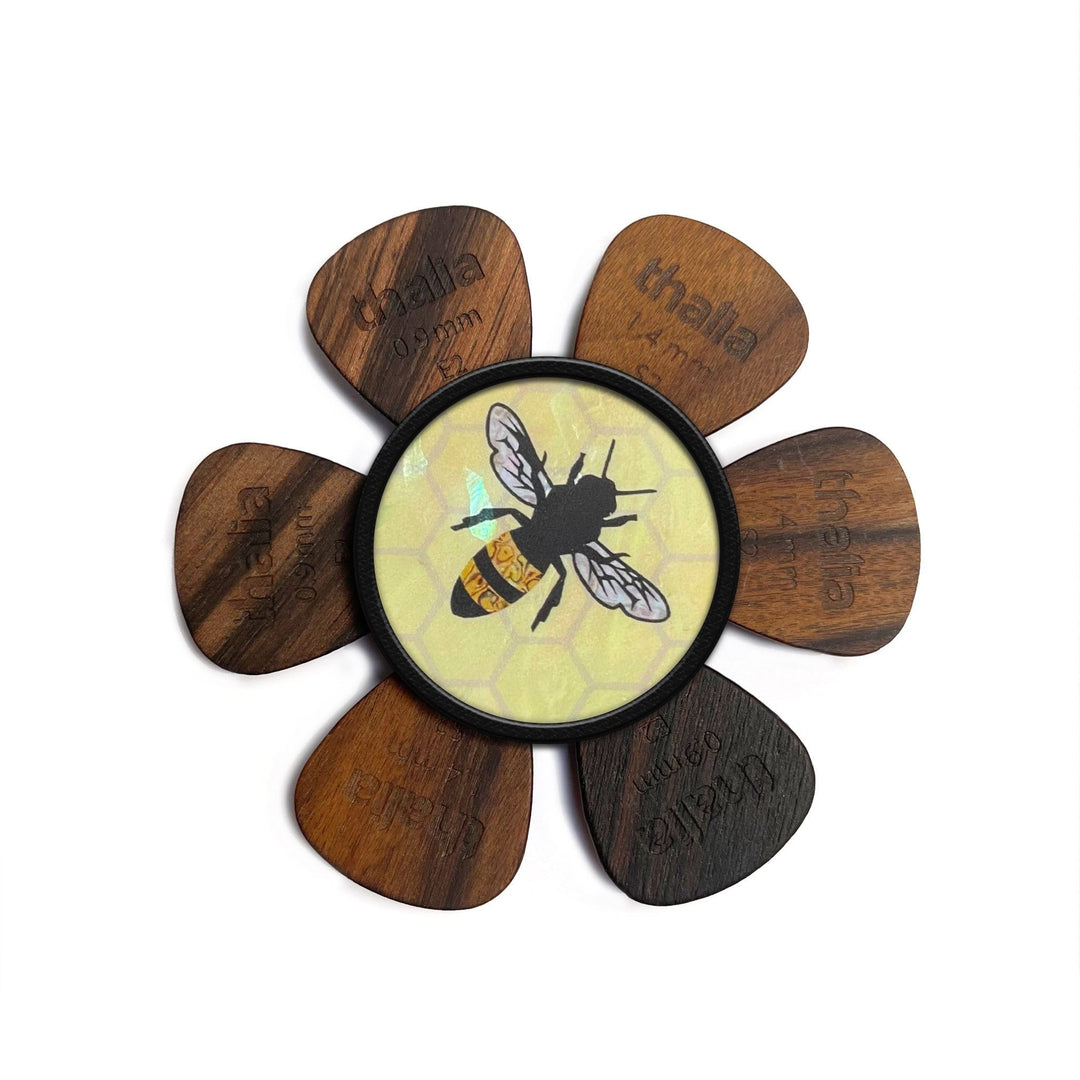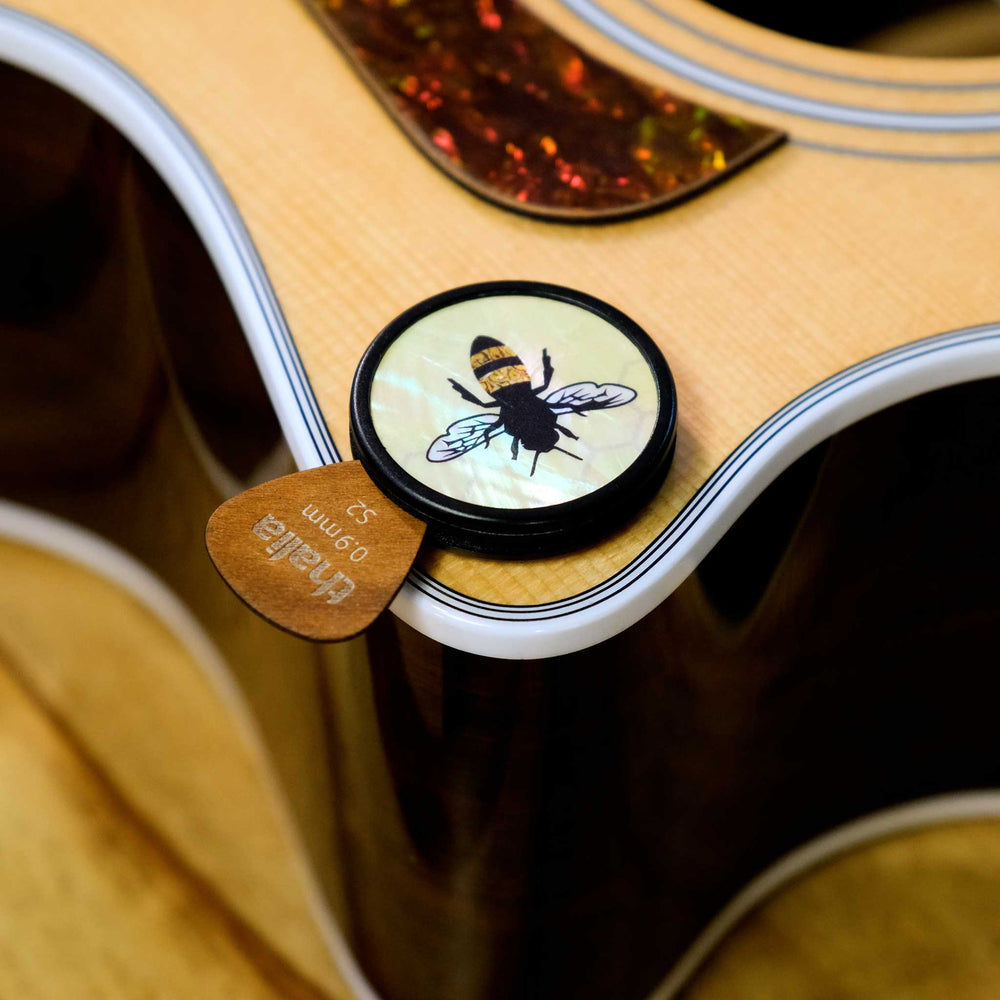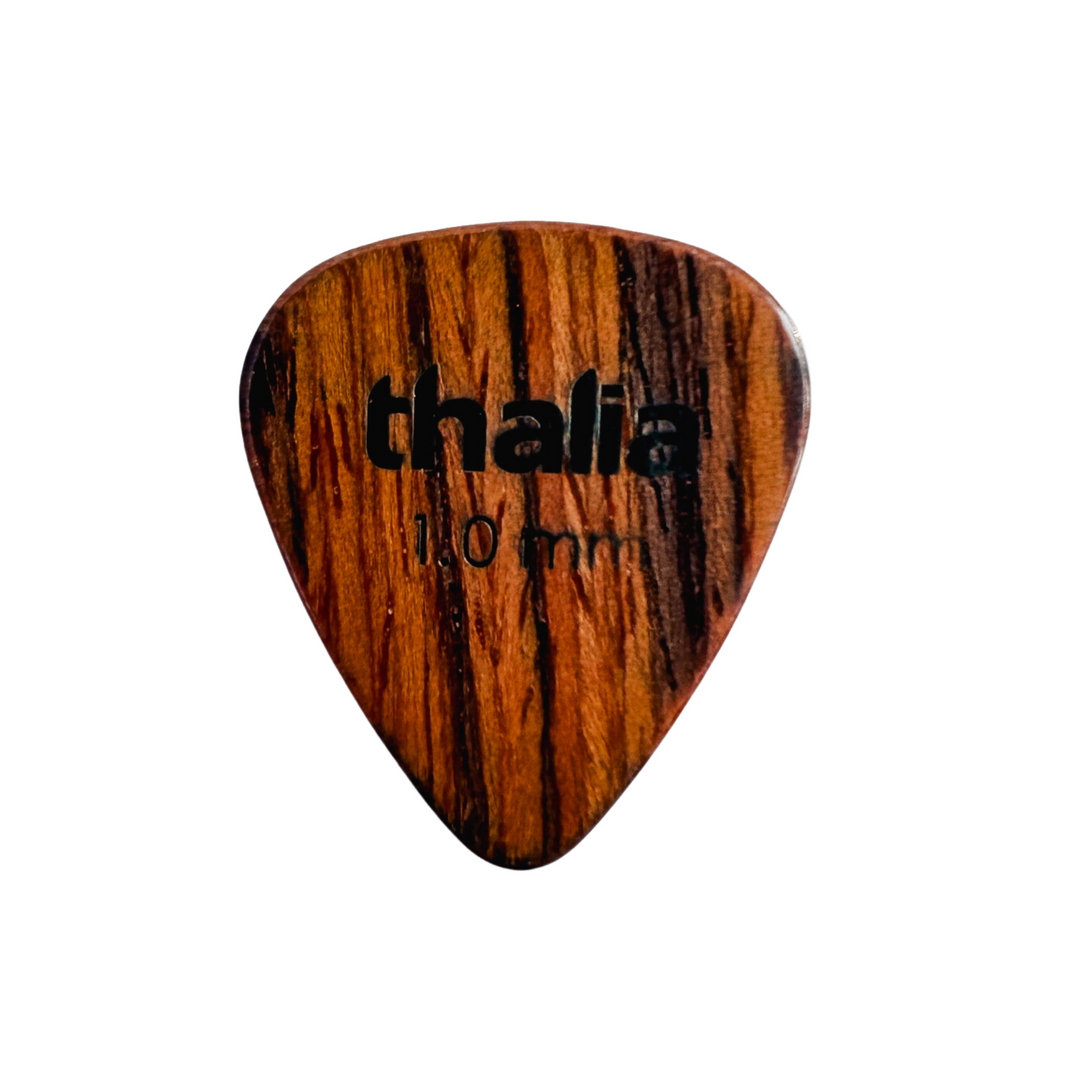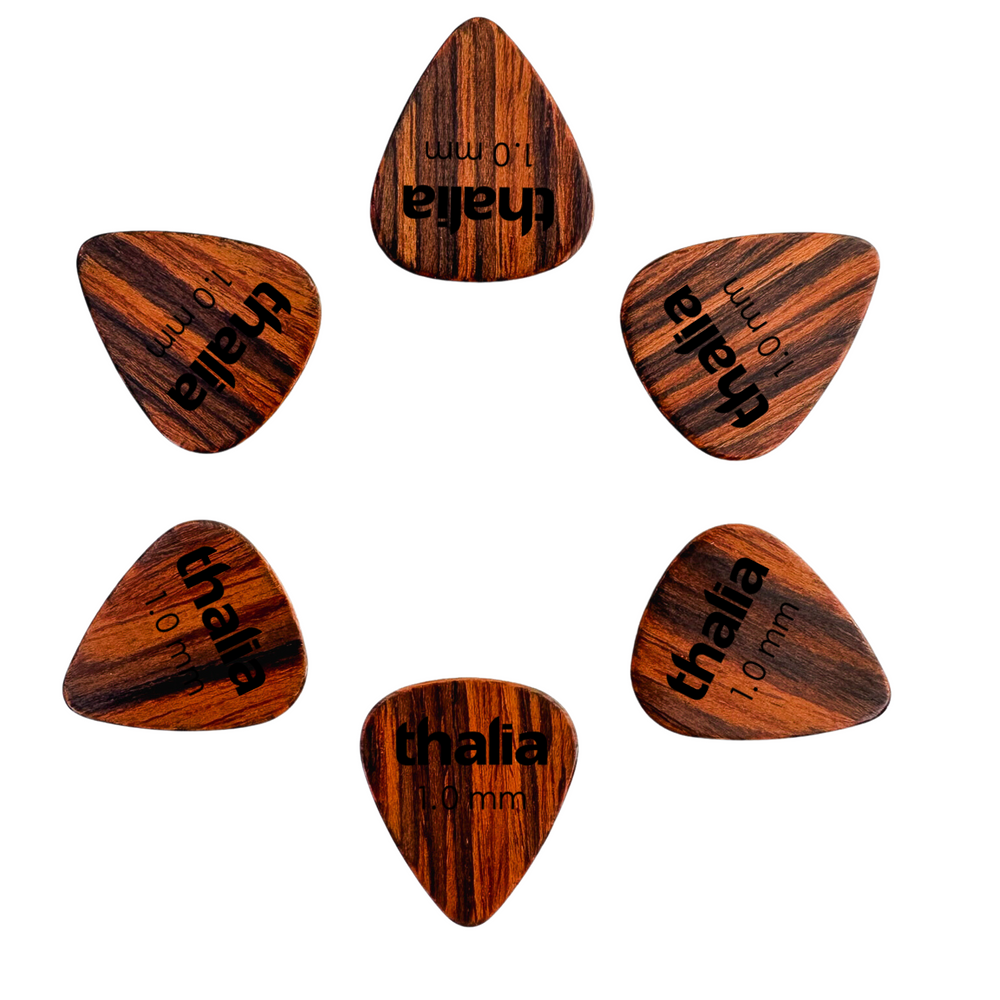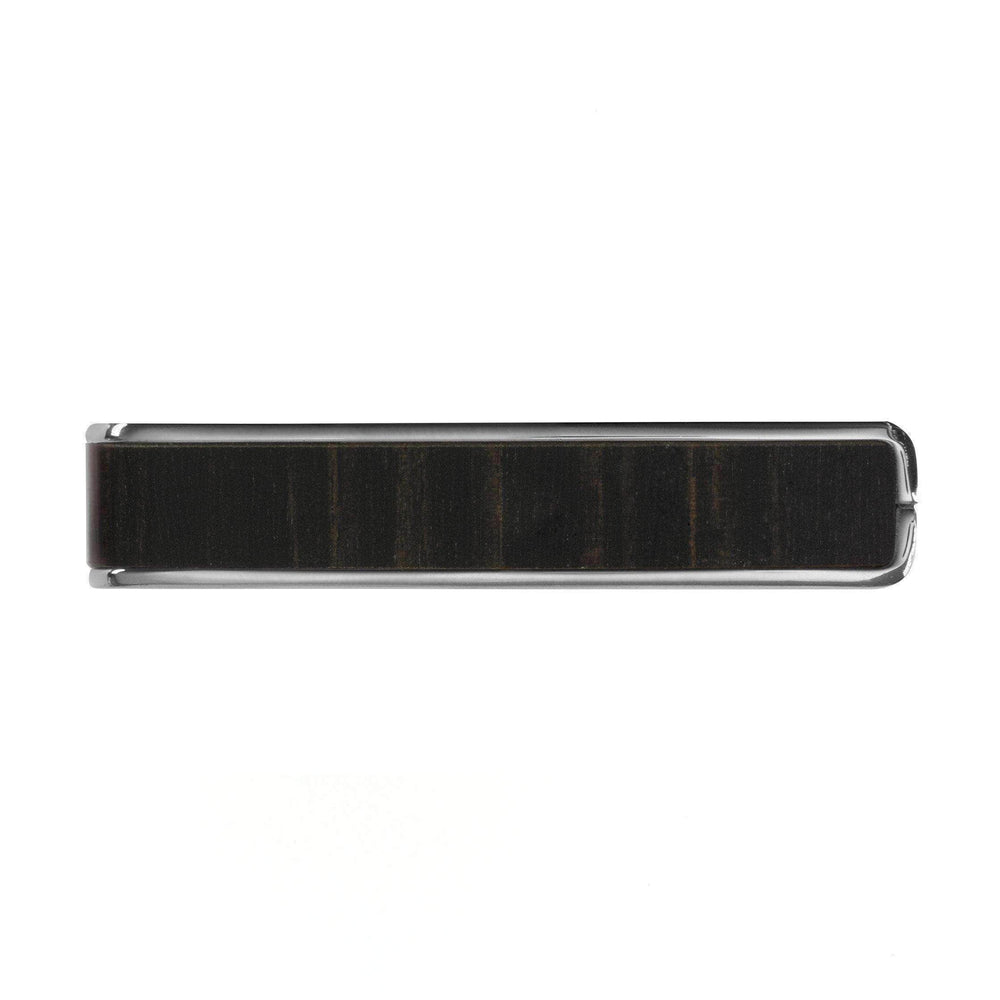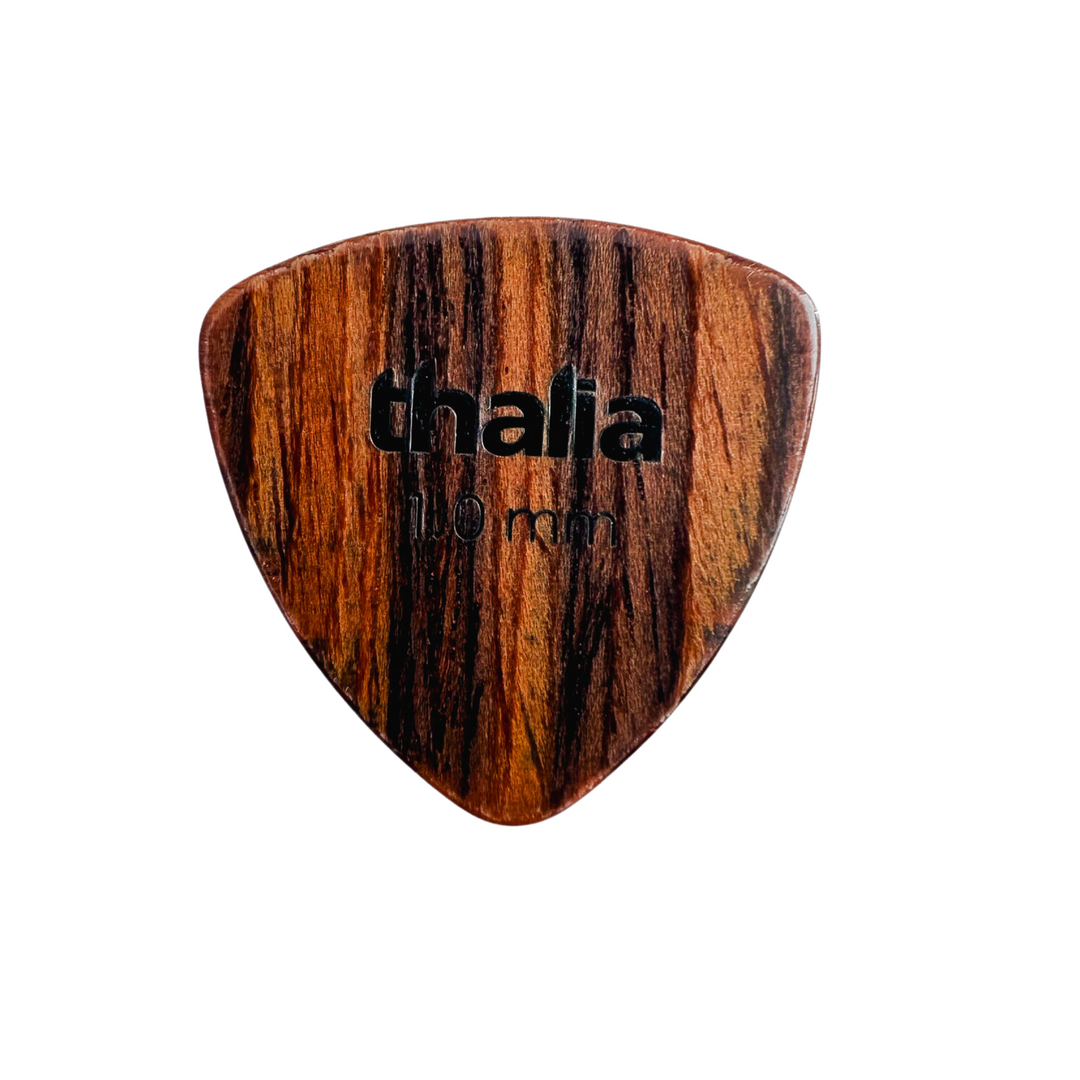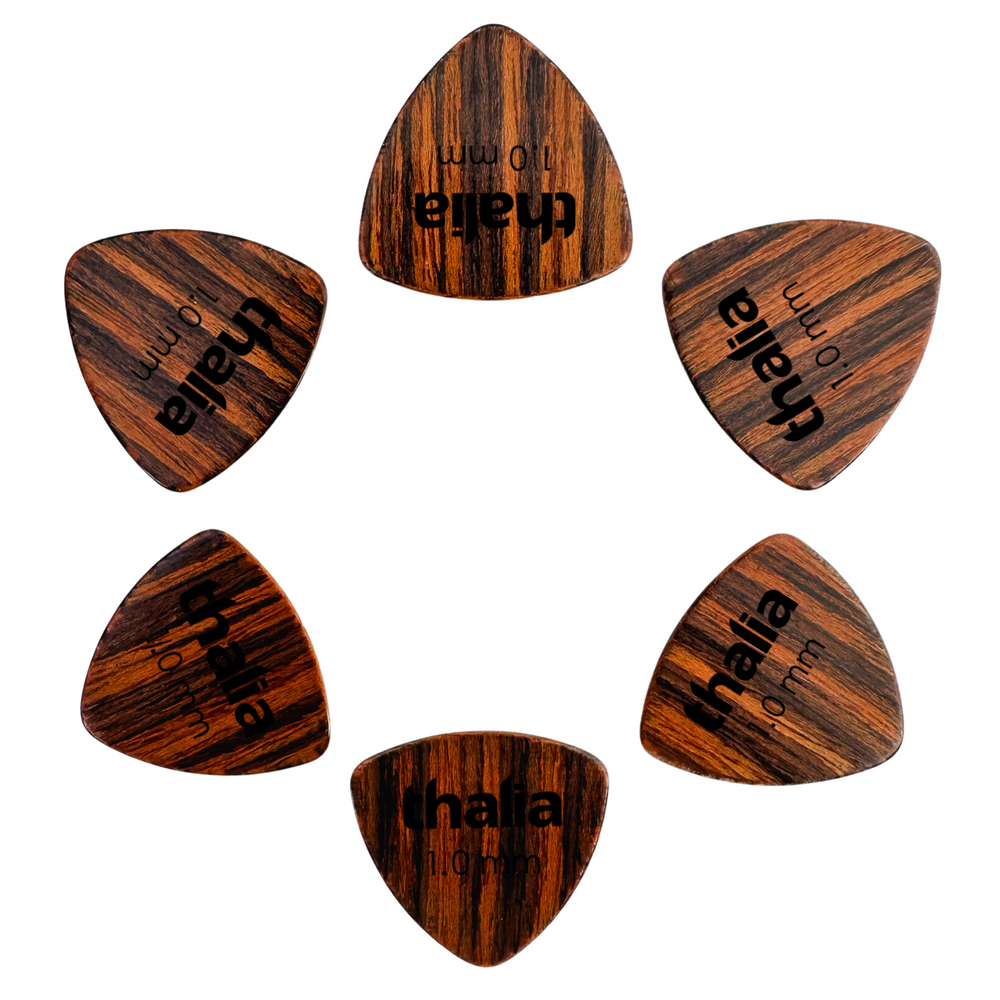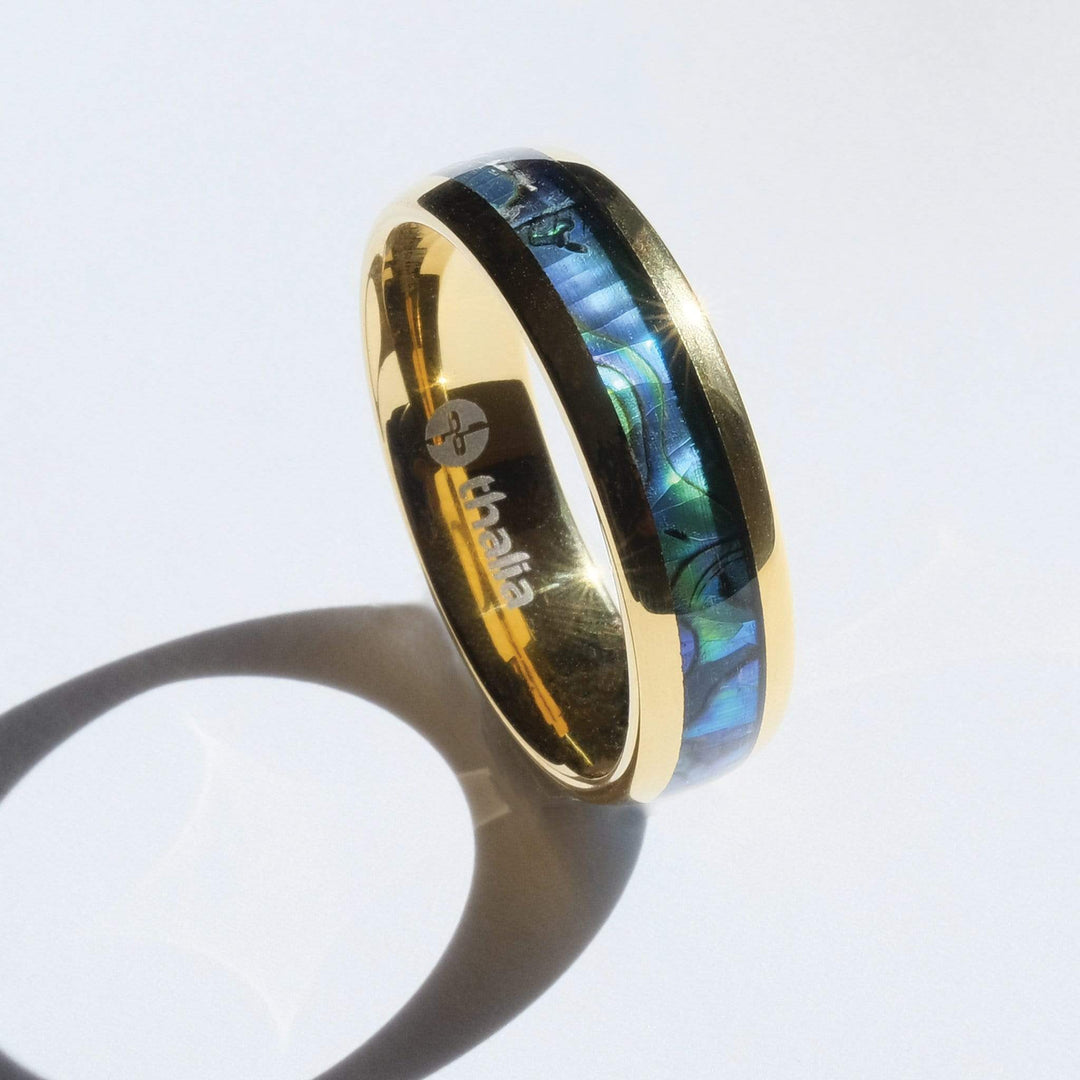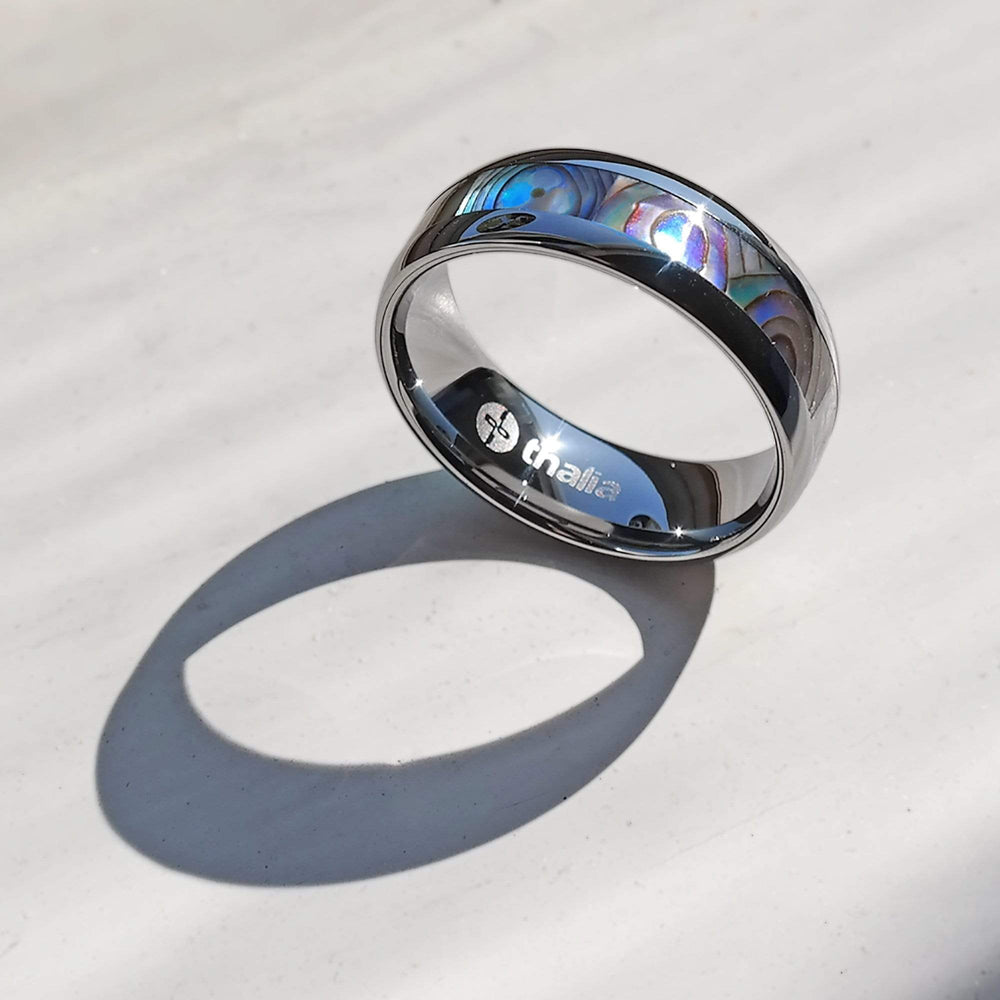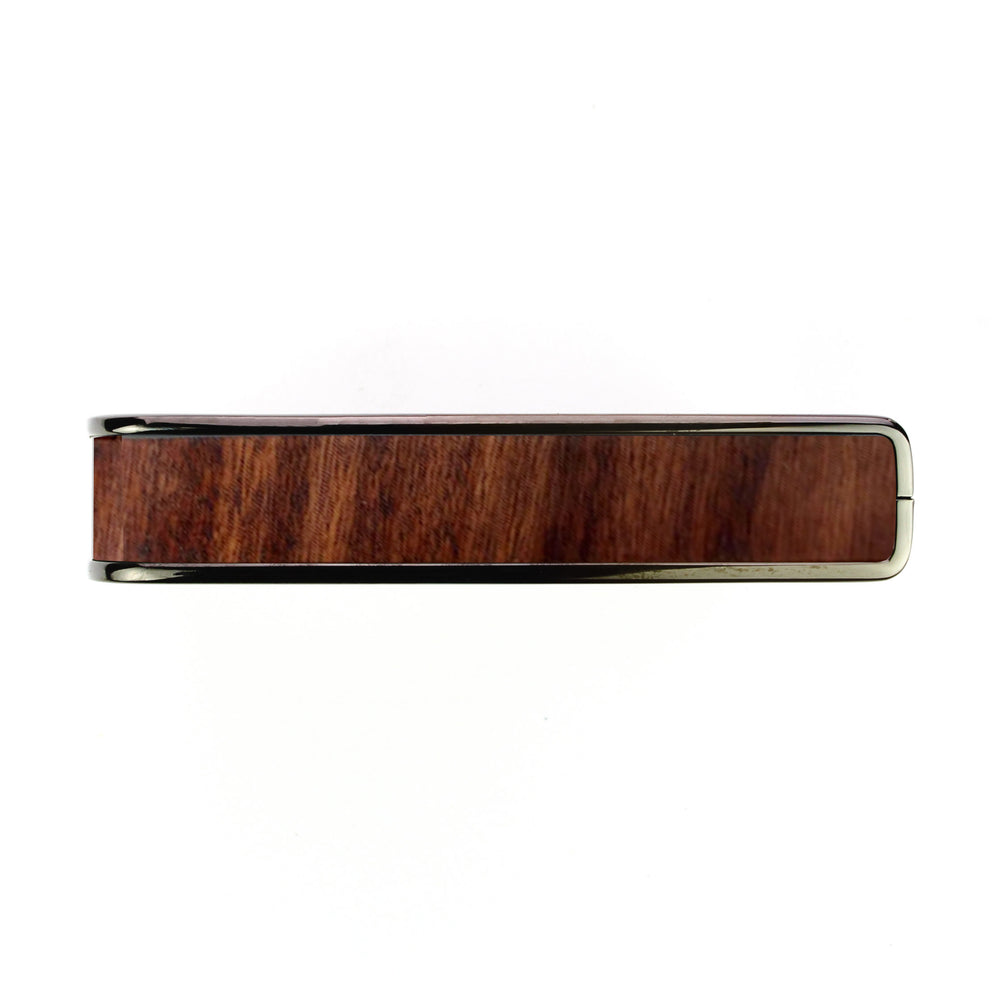Legendary Guitars: Gibson ES-335
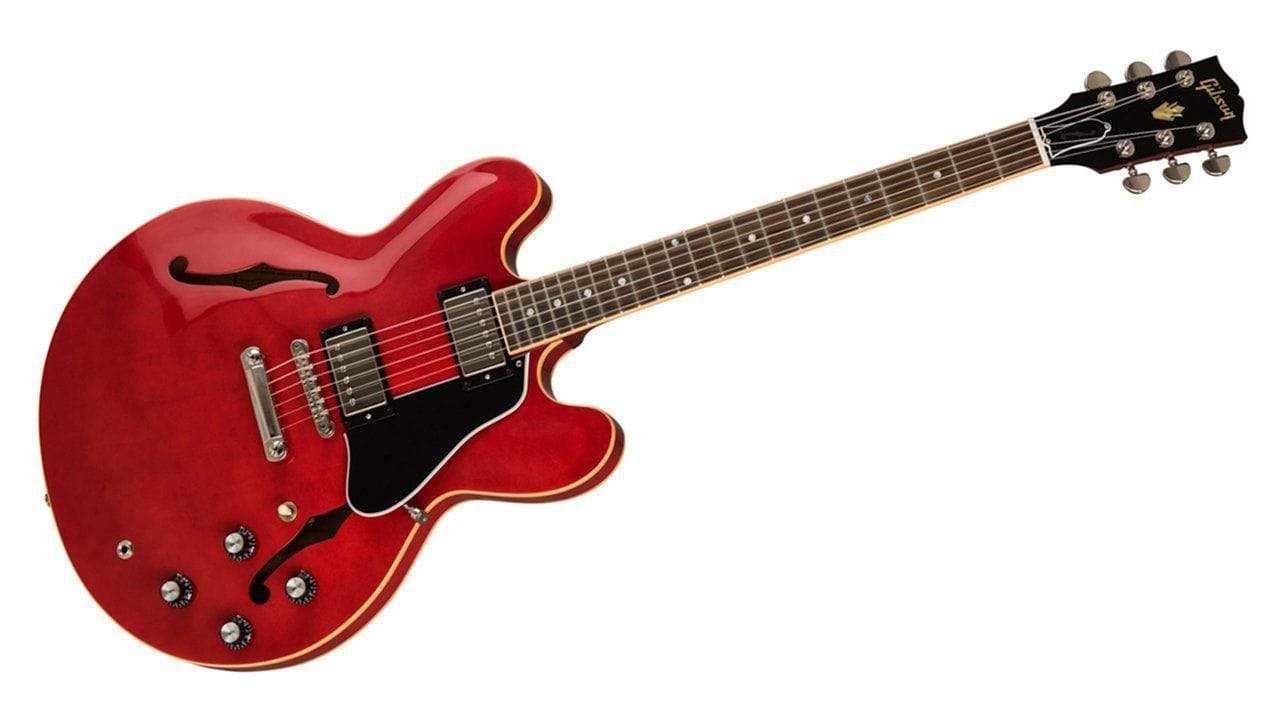
Gibson head Ted McCarty famously described the Gibson ES-335 as his “second greatest achievement.”
And indeed, after the legendary Les Paul, it’s quite possibly the most important guitar Gibson ever produced.
Bridging the gap between hollow-bodied and solid-bodied electrics, the world’s first archtop semi-acoustic changed the game upon release. Since then, everyone from Chuck Berry and B.B. King to Eric Clapton and Alex Lifeson has adopted it and its siblings; the ES-345 and 355.
Today, we’re taking a look into the history of the 335 and the big problem in the guitar market that it addressed.
The Hollow-Body Problem
In the late 1950s, the electric guitar world was in the midst of a revolution. Gibson’s Les Paul and Fender’s Stratocaster had turned the world onto the idea of solid-bodied electrics, and a new generation of guitarists was born in the process.
 |
|
1968 Gibson ES-335 TD - Icetea Sunburst |
Yet, while a slew of players adopted the new solid-bodied instruments without complaint, there were those that shunned these guitars in favor of their hollow-bodied predecessors.
The reason? Tone.
For a number of guitarists, Les Pauls and Strats lacked the darker, warmer sound that the earlier hollow-bodied instruments were known for.
So why didn’t they just stick with hollow-bodies? Unfortunately, hollow-bodies didn’t amplify well. Prone to feedback at high volume, as well as being large and unwieldy to play while standing up, were they a nightmare to use for electrified live performances. And, by the late 1950s, amplification in the live arena was becoming the norm.
Bridging the Gap
Enter Ted McCarty. The Gibson Guitar Corporation president was a man with a knack for problem solving. And he engineered a guitar that would close the gap between hollow-body tone and solid-body reliability.
To achieve this, McCarty incorporated elements from both hollow-and-solid-bodies. The foundation of the guitar was a solid maple center block, giving it the feedback resistance of a solid-body. The side wings, formed by two cutaways into the guitar’s upper bouts, meanwhile, were hollow, featuring two-violin style f-holes-over the hollow chambers. The result was a sound closer to the open, hollow-body tone that certain players craved.
The new instrument shared many aesthetic qualities with the hollow-bodied arch top guitars of the era. But, crucially, it was a lot thinner. Bearing a new “thinline” moniker, it was easier to play standing up than Gibson’s ES-295 or competitors like Gretsch’s G6120.
 |
|
2019 Gibson ES-335 DOT |
The 335 Arrives
So, in 1958, the ES-335 was born. The ES denoted it as part of Gibson’s “Electric Spanish” series – a line that the company launched in 1936 with the ES-150 hollow body – while the 335 reflected its $355 price tag (around $2,800 in today’s money). And, upon its release, it proved a big hit with guitarists. Sonically, the ES-335 was a revelation. The side wings provided that warm tone that the hollow-body purists craved, while the centre block boosted sustain and bottom-end response.
Lightweight, versatile, and pretty to look at, the instrument soon found its way into the hands of B.B. King, an early adopter. King would later switch to a 355 – essentially the higher-spec version of the 335. This, in turn would form the basis for his legendary signature “Lucille” guitar, one of the most iconic electrics in music history.
King wasn’t the only one. By the time Cream played their farewell concert in 1968, Eric Clapton – God himself –was wielding a distinctive ’64 335 in cherry red. If you need any evidence of the 335’s huge tonal range, and why it’s still so popular today, you’ve only got to look at that performance.
Do you play a 335? What’s your favourite semi-hollow electric? Share your stories in the comments!








